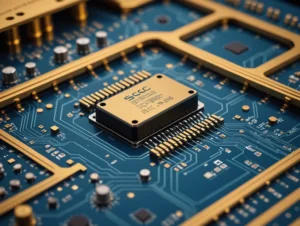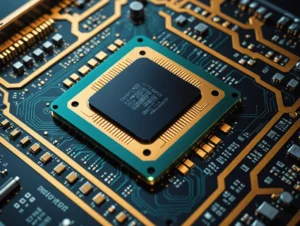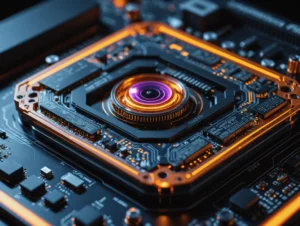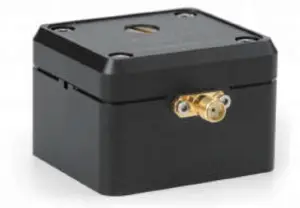One of the major challenges in silicon photonics is the lack of an integrated on-chip light source. Currently, silicon photonic chips rely on external lasers, coupled via edge and grating couplers. While these coupling methods have seen improvements in efficiency, the absence of an on-chip light source limits the full potential of silicon photonics for various applications.
To address this issue, several techniques have been proposed. Notably, hybrid silicon lasers have been demonstrated using both bonding and epitaxial growth to transfer III-V materials to silicon wafers. However, these approaches face challenges, including incompatibility of III-V materials with the standard CMOS process, high costs, and low yield from bonding. The small size of available III-V wafers further limits their application in silicon photonics.
An alternative approach is using germanium as a CMOS-compatible gain medium. However, germanium’s indirect bandgap limits its efficiency in photoemission. To overcome this, techniques such as heavy n-type doping and strain engineering have been used. Recently, the first electrically driven laser using germanium as a gain medium on silicon was demonstrated, representing a significant advancement in this field.
In contrast, most current commercial silicon photonics products use more traditional methods. These include off-chip light sources that are connected via fiber, or lasers that are integrated into the same package as the silicon photonic chip. These co-packaging techniques, borrowed from the MEMS (Micro-Electro-Mechanical Systems) community, are well-established and cost-effective. Companies like Luxtera have successfully adopted these approaches for medium-scale production.
Although significant progress has been made, developing a fully integrated on-chip light source remains a key focus for the future of silicon photonics, with hybrid and germanium-based solutions offering promising potential.





